Switching Gears: The Ultimate Guide to Transferring Your OS from SSD to NVMe
- Home
- Support
- Tips Data Backup
- Switching Gears: The Ultimate Guide to Transferring Your OS from SSD to NVMe
Summary
Unleash the full potential of your system by transferring your operating system from SSD to NVMe. This informative guide covers the benefits of NVMe technology, step-by-step instructions for the transfer process, and tips for selecting the right NVMe SSD for your needs. Say goodbye to slow boot times and hello to enhanced performance with this upgrade.
Table of contents
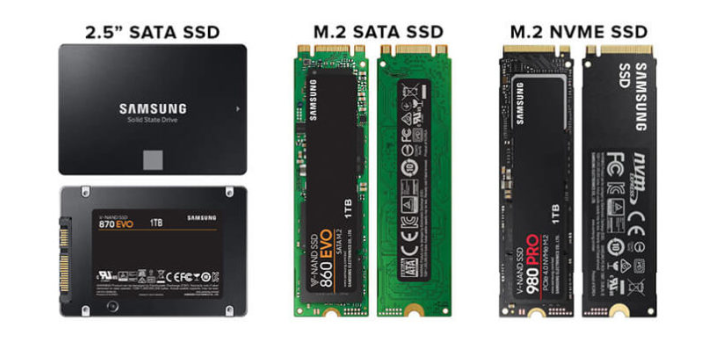
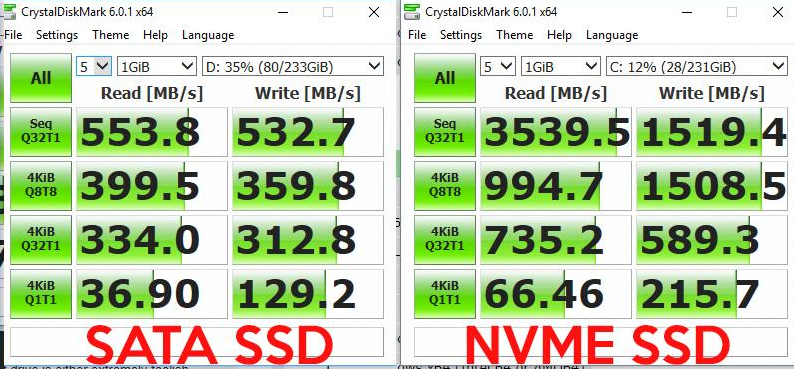


Automatic 4K alignment Improves SSD performance during system migration.
Support GPT and MBR Automatically adapt to the suitable partition format.
Support NTFS and FAT32 Redeploy various files in different file systems.
Back up quickly Back up files at up to 3,000MB/min.
Overall backup schedule Support system redeployment/system backup/partition backup/disk backup/disk clone.
Automatic 4K alignment Improve SSD performance
Support GPT and MBR Intelligently adapt to a partition format
Support NTFS and FAT32 Redeploy files in different file systems
Free TrialFree TrialNow 2000 people have downloaded!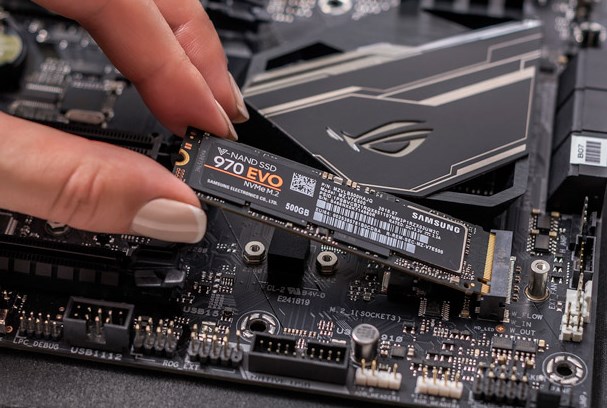
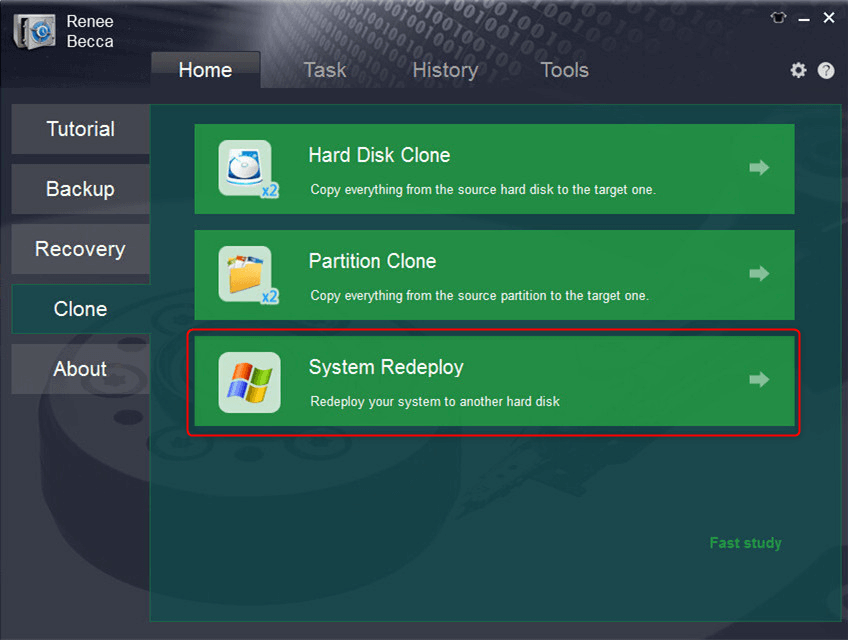
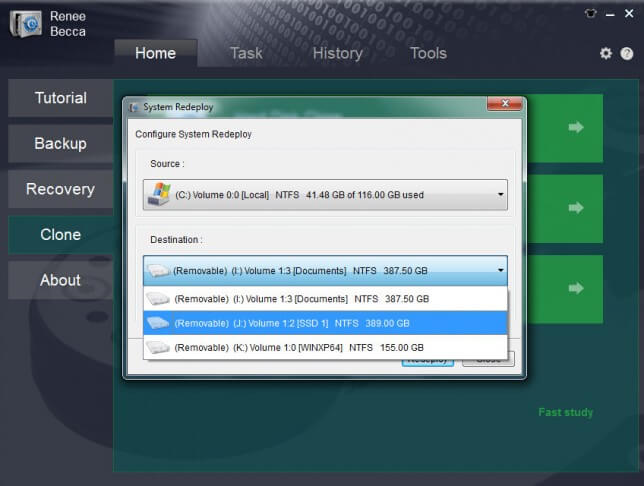
- User-friendly interface
- Efficient cloning process
- Allows you to preview the source and destination drives
Cons:
- Paid subscription required for full access to all features
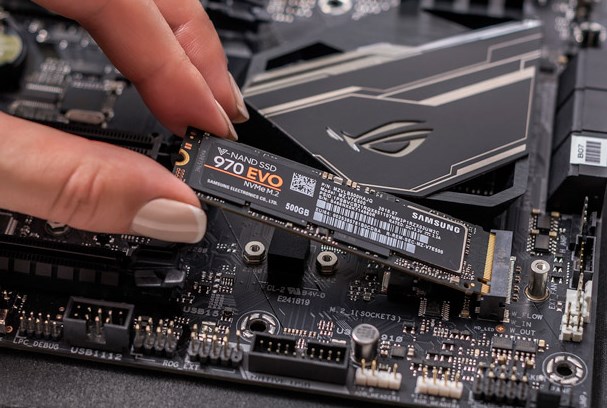
| BIOS Name | Method | The Key or Keys |
|---|---|---|
| Acer | Press Del or F2 immediately after powering on | Del/ F2 |
| Compaq | Press F10 while the cursor in the top right corner of the screen is blinking | F10 |
| Dell | Press F2 when the Dell logo appears/ or press every few seconds until the message Entering Setup appears | F2 |
| eMachines | Press Tab or Del while the eMachine logo displays on the screen | Tab/ Del |
| Fujitsu | Press F2 once the Fujitsu logo appears | F2 |
| Gateway | Press the F1 key repeatedly after restarting the computer | F1 |
| HP | Press the F1/ F10/ or F11 key after restarting the computer | F1/ F10/ F11 |
| IBM | Press F1 immediately after powering on the computer | F1 |
| Lenovo | Press F1 or F2 after powering on the computer | F1/ F2 |
| Nec | Press F2 to enter the BIOS Setup | F2 |
| Packard Bell | Press F1/ F2/ or Del to enter BIOS | F1/ F2/ Del |
| Samsung | Press F2 to start the BIOS setup utility | F2 |
| Sharp | Press F2 after the computer starts | F2 |
| Sony | Press F1/ F2/ or F3 after turning on the computer | F1/ F2/ F3 |
| Toshiba | Press F1 or Esc after powering on to access BIOS | F1/ Esc |
| ARLT | Press Del or F11 when the respective message is shown | Del/ F11 |
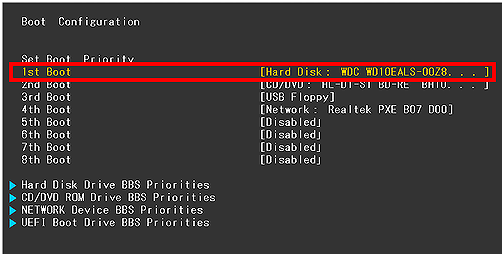
- Download and install crystalDiskInfo on your computer.
- Open the tool and select the NVMe SSD from the list of drives.
- The tool will display the NVMe SSD’s information, including its transfer rate and health status.
- If the health status is “Good” and the transfer rate is higher than the old drive, then the transfer was successful.
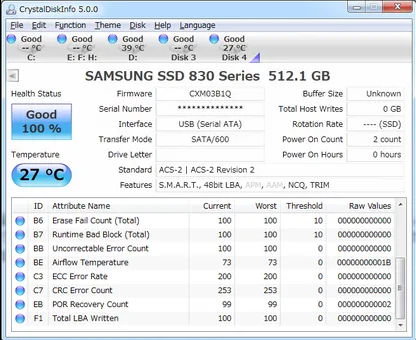
- Download and install crystalDiskMark on your computer.
- Open the tool and select the NVMe SSD from the list of drives.
- Click on the “Start” button to begin the benchmarking process.
- Once completed, the tool will display the read and write speeds of the NVMe SSD.
- If the speeds are higher than the old drive, then there has been a performance enhancement.
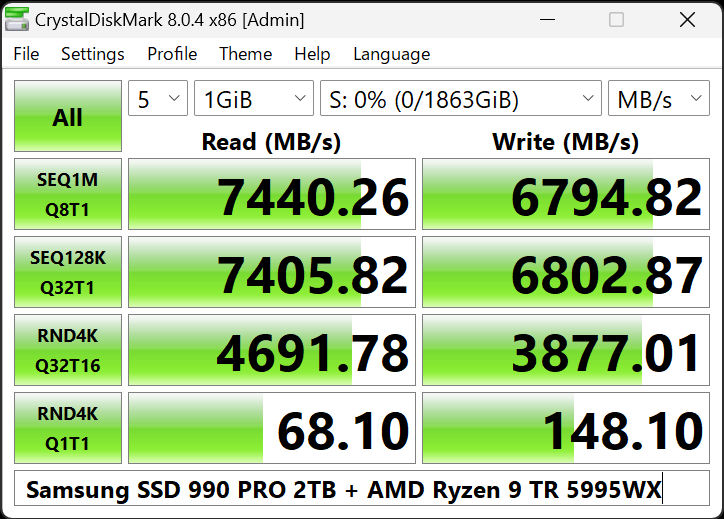
Relate Links :
Advanced Users Guide: Migrating Your OS to an SSD with Free Solitions
14-11-2023
John Weaver : Learn how to migrate your operating system to an SSD for free with these simple and efficient methods....
Explore the Future of Data Replication with NVMe Cloning Software
13-09-2023
Amanda J. Brook : Discover the contrasts and advantages of NVMe cloning versus imaging. Besides, find the best NVMe cloning software to...
Expert Guide: Clone Your Boot Drive to a Samsung SSD Safely
11-09-2023
Ashley S. Miller : Learn how to clone a boot drive to a Samsung SSD with the help of Samsung Data Migration...
Clone HDD or SSD to NVMe M.2 SSD: A Step-by-Step Guide
24-10-2023
John Weaver : Learn how to transfer data from an ordinary hard drive to an NVMe M.2 solid-state drive for faster...
- Difference between SATA SSD and NVMe Technology
- Preparing for the Upgrade: Backing Up Important Data and Ensuring Compatibility with Your Motherboard
- Cloning Your Operating System to NVMe SSD Using Renee Becca Software
- Replacing the SATA SSD with the NVMe SSD and Configuring BIOS Settings to Boot from the New Drive
- Verifying Transfer and Performance Enhancement on NVMe SSD
- Conclusion




